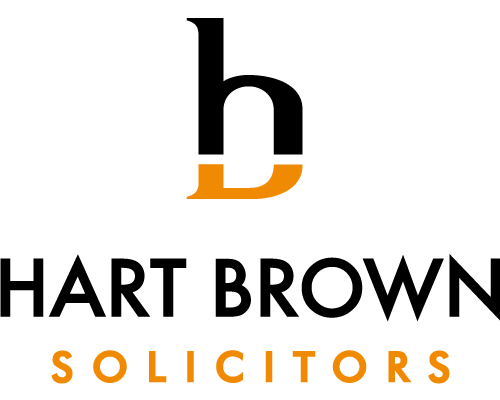If you’ve discovered an easement running through your property, you may be wondering who has access and who can pass over your land. There are a number of different types of easement, each of which allows for different usage of the land. Here, we take a look at each of the different forms and explain who is provided access in each case.
What is an easement?
At its most basic, an easement is ‘the right to use another person’s land for a stated purpose.’ The easement could refer to an entire property, or just a part of it, and the ‘stated purpose’ could refer to as diverse a range of activities as laying water pipes, accessing an otherwise unaccessible property, or joining two separated properties. An easement is granted by one property owner to another, and typically means the original landowner can no longer build on or around the easement, or restrict access to it.
What is right of way?
A right of way is a type of easement. Normally a right of way easement is agreed upon by adjoining landowners. This may be because it’s necessary to cross one property in order to reach the other, the easement allows for a far more convenient point of access, or it allows one property owner to cross another’s land in order to reach public land. For instance, an easement may be granted by one property owner to another, in order to facilitate access to historically important public woodland or a river used for fishing. It’s also important to consider the public right of way – known as ‘the right to roam.’ This is usually granted for one of two reasons. Either the landowner has given permission, or the local community has traditionally used the right of way for many years.
Types of easement
There are various different types of easement, each of which describes the set of circumstances that necessitated the easement. They include:
- Express grant – This is typically enshrined in the deeds to a property. It usually occurs when an individual sells part of their property but wants to keep some rights over the sold land. That may include the right of way or the ability to maintain utility infrastructure.
- Prescription – This comes into effect when an individual has been openly using land in a certain way for over 20 years. If they can prove that this is the case, an easement for continued use may be granted.
- Implied grant (easements of necessity) – This also typically occurs when part of a property is sold. However, rather than being written into the deeds to the property, its existence is implied by law. For instance, if the land that has been sold is the only means of accessing the land that has been retained, an easement of necessity exists.
Who has access to easements?
When it comes to private easements and rights of ways, only those that are legitimately using the easement for its intended purpose (e.g. for general access or to maintain utility infrastructure), should be utilising the right of way. However, ‘right to roam’ easements are open to the general public and cannot be restricted in any way, shape, or form.
Conclusion
When it comes to easements, there are two main distinctions to make. Public, ‘right to roam’ easements permit any member of the general public to cross the land. Private, right of way easements restrict the right of access to a small number of people. In the vast majority of cases, this agreement will exist between two property owners. However, it’s also possible for the agreement to exist between a landowner and a business.
If you have access points or easements on your property and you’re not sure what rights you have to police access (either under public or private easement legislation) talk to one of our experienced commercial property solicitors.
This is not legal advice; it is intended to provide information of general interest about current legal issues.





